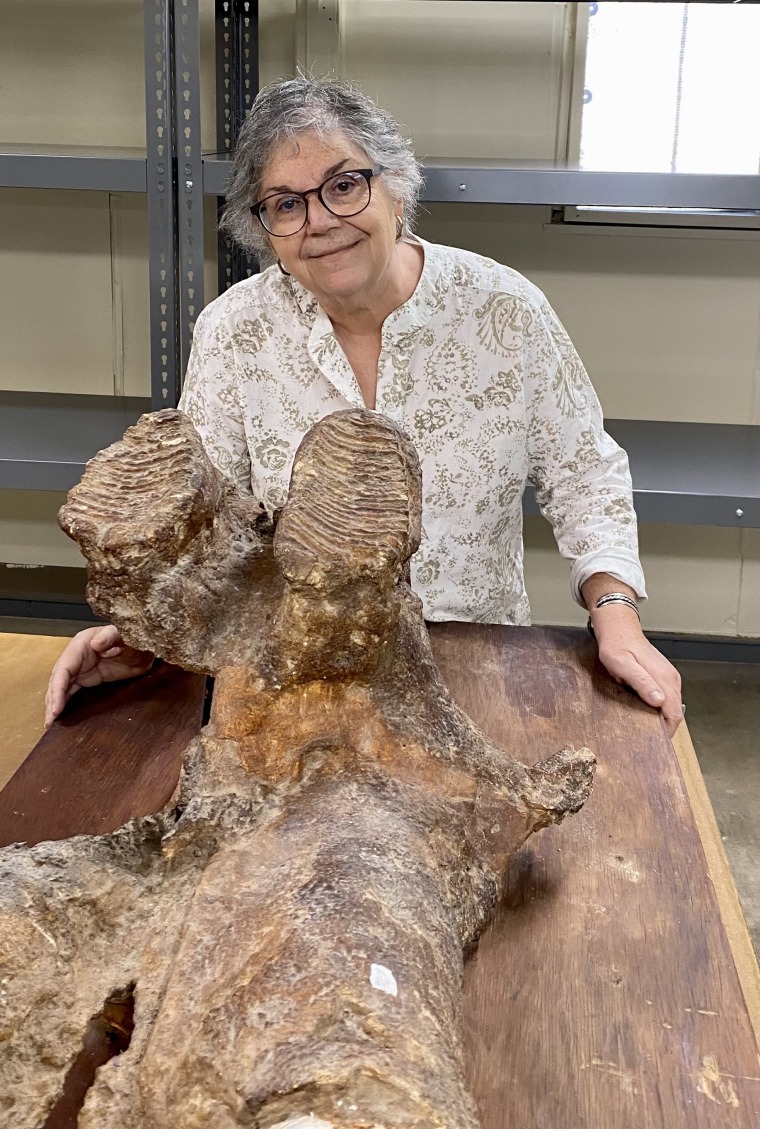Lynne A. Schepartz, PhD
I trained as a paleoanthropologist/biological anthropologist (PhD Michigan) and became interested in tracing the origins of complex behaviors (such as language, public vs. private space, and strategic use of environmental resources) in the archaeological record. I have field experience working in the US Midwest, Mexico, Eastern Africa, Israel, China, Greece, Albania, and most recently South Africa.
I developed a love of megafauna during my role as co-director of excavations in Panxian Dadong, a Middle Pleistocene cave in southern China. We found evidence for the exploitation of megafauna (such as elephant-like stegodons, rhinos, tapirs, and pandas) by some of the earliest Homo sapiens (about 100,00 years old) known from Asia. The story of megafaunal and human interactions in relation to climate change has long been of interest in the Americas. The Paleonotology Collections on Tumamoc Hill, which include fossils, packrat midden environmental data, and paleobotanical specimens, are key resources that continue to inform us about prehistoric life in the Southwest and other regions.
Publications
Antemortem trauma and survival in the Late Middle Pleistocene human cranium from Maba, China. Wu XJ, Schepartz LA, Liu, W and Trinkaus E. Proceedings of the National Academy of Sciences 2011, 108(49):19558-19562.
Taphonomy, life history, and human exploitation of Rhinoceros sinensis at the Middle Pleistocene site of Panxian Dadong, Guizhou, China. Schepartz LA and Miller-Antonio S. International Journal of Osteoarchaeology 2010, 20(3):253-268.
Stegodon orientalis from Panxian Dadong, a Middle Pleistocene archaeological site in Guizhou, South China: Taphonomy, population structure and evidence for human interactions. Schepartz LA, Stoutamire S and Bekken DA. Quaternary International 2005, 126-128:271-282.
Language and modern human origins. Schepartz, LA. Yearbook of Physical Anthropology 1993, 36:91-126.


